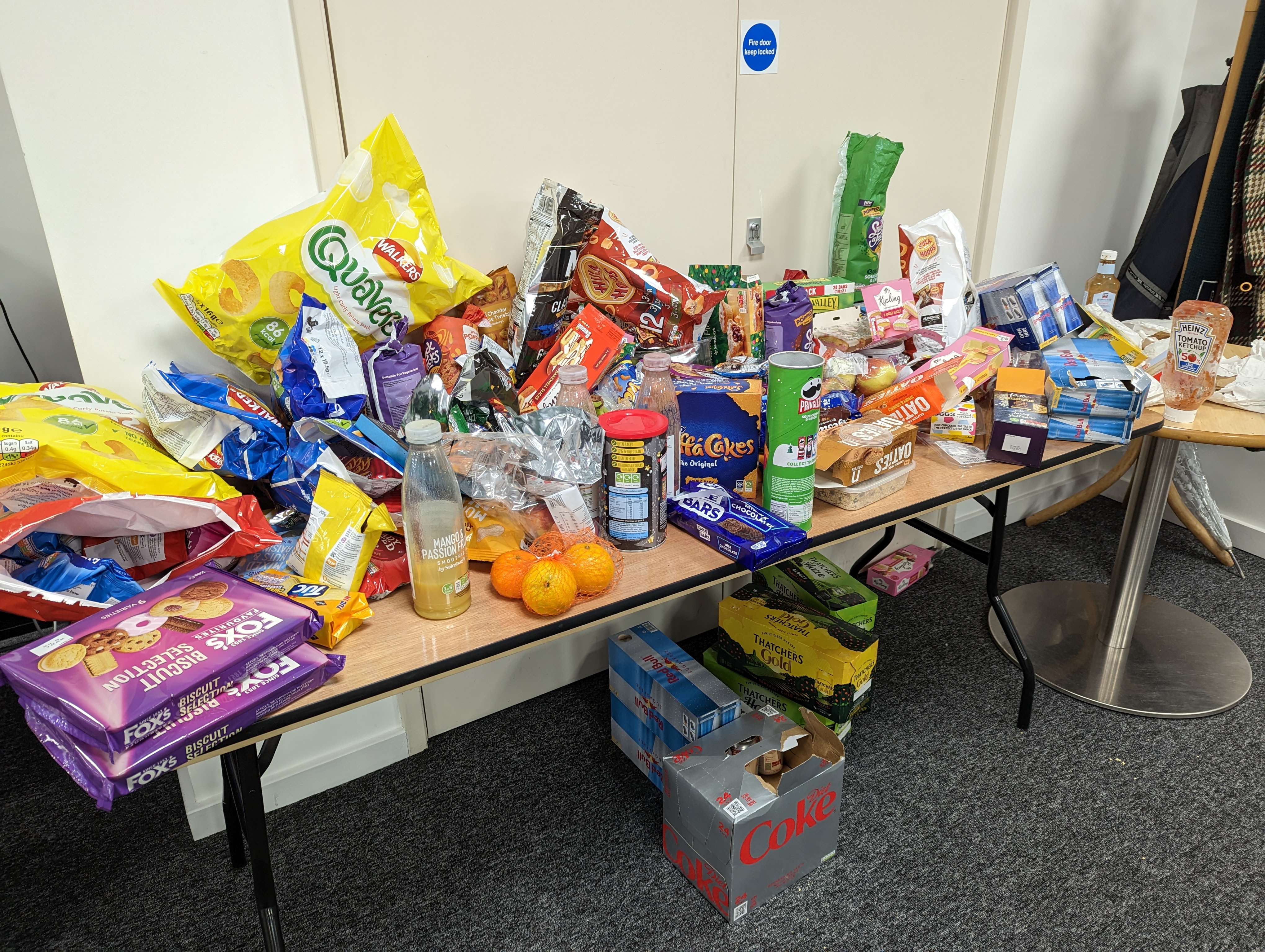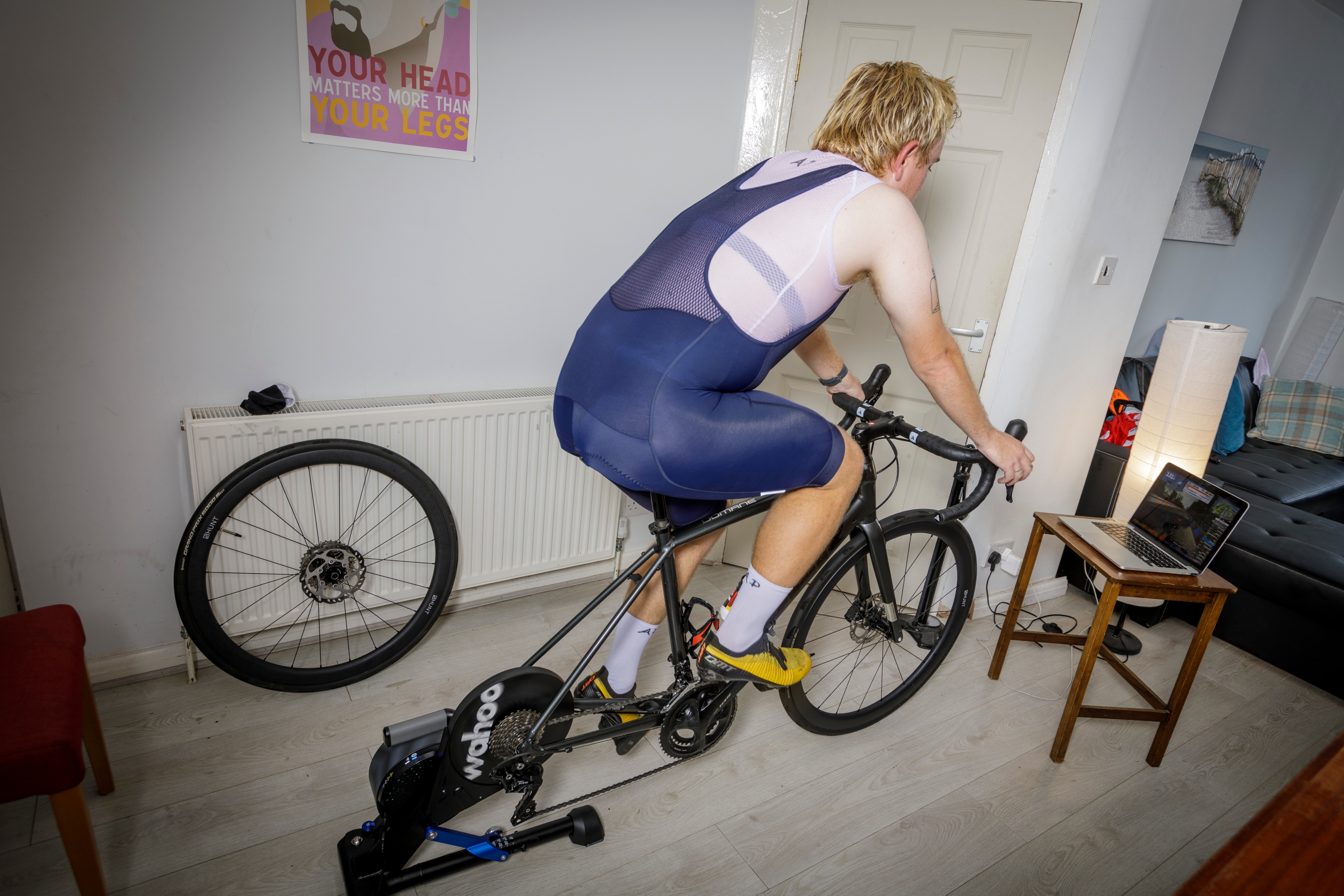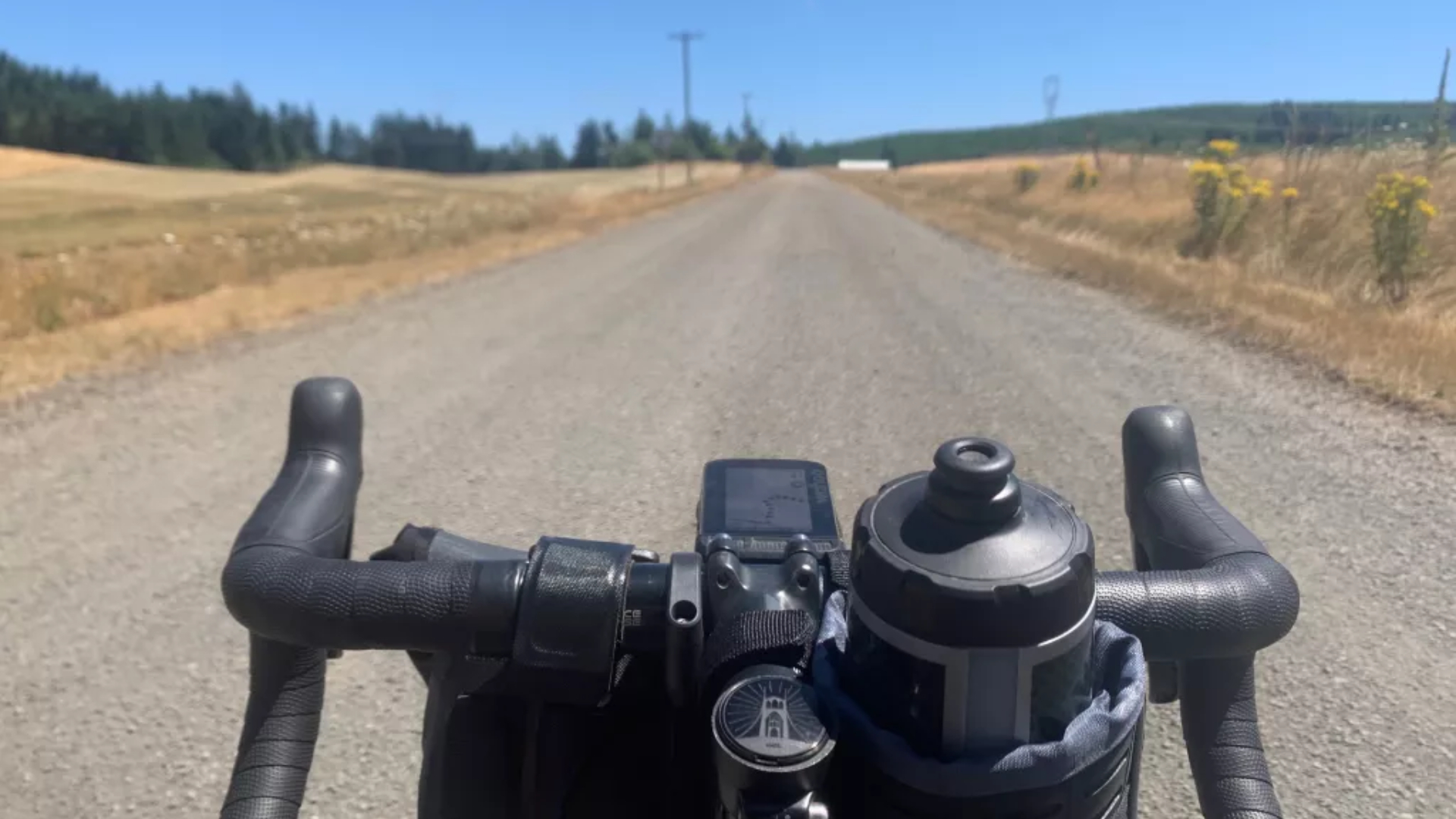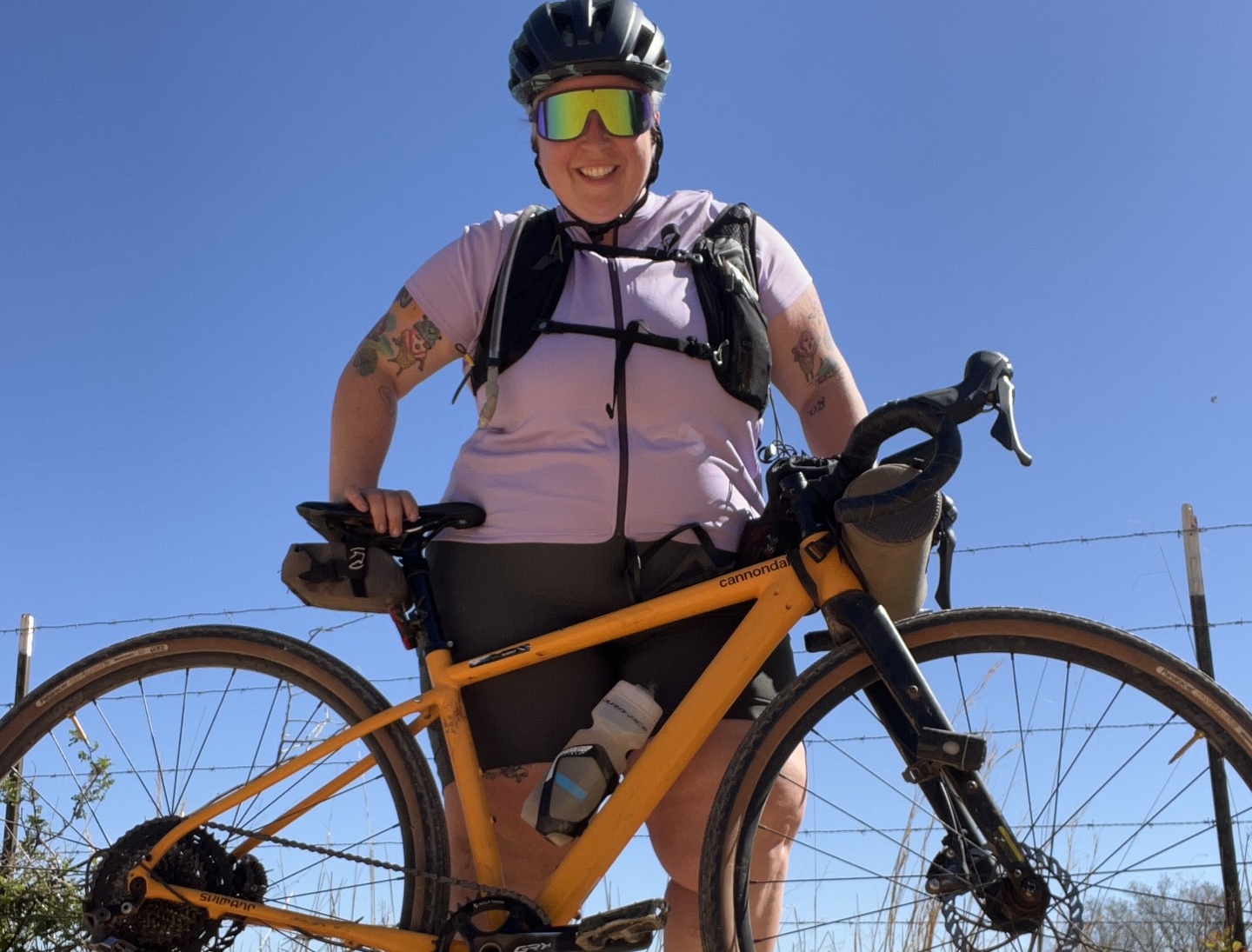
Congratulations, you’ve registered for your first gravel race! Now the real fun (and work) begins – training and preparation for what will likely be your longest, hardest day on the bicycle yet.
With two Unbound Gravel century finishes and one DFL crown (Dead F***ing Last) at MidSouth Gravel to my name, I’ve figured out a few things that are crucial to taking on a gravel century.
While I don’t have a specific training plan or mileage targets for you to follow (–I’m by no means qualified to give you that advice but you can find one here), I have some tried and true advice that will hopefully have you crossing that finish line triumphant and excited to sign up for your next big challenge.
Tip 1: Eat Early and Often

A century is basically a 100-mile snack parade. Your job is to continually eat and drink your way through the miles. When it feels hard, eat. When you hate your bike, eat. I’m serious. You love bikes, you love riding your bike, and today, you get to do it all day long. Eat and it’ll be easier to remember this.
Use your training miles to dial in your nutrition and hydration plan. Figure out what foods your body likes (i.e. can digest without problem) and where to store your food so that you can access it while riding. Don’t forget to practice eating while riding, as you’ll want to have this perfected by event day.
I strongly recommend a mix of real food (peanut butter and jelly sandwiches, orange slices, trail mix) and engineered food (gels, energy chews, liquid calories), with a variety of flavors, including sweet and salty.
Pro-tip: If you use a bike computer, set up a custom alert to remind you to eat at regular intervals. I use the Wahoo ELEMNT Bolt and heart rate monitor to remind me to eat at every 100 calories burned.
Tip 2: Get Those Miles In Now

Whether you’re riding inside or outdoors, now is the time to build your endurance on the bicycle. I recommend using a structured training plan (like those on Zwift or Wahoo Systm) to build your mileage and saddle time in a sustainable way. It might feel silly to be logging hours on the bike in February for an event that is still months away, but trust me, the more time you spend now, the easier those 100 miles are going to feel.
Now is also a perfect time to ensure your bike fits well. A professional bike fit will help improve your comfort and reduce the risk of injury.
Tip 3: Control the Controllables

With any event or ride, there will be things that are out of your hands, namely the weather and course conditions. You have control over everything else.
These variables include:
- Your bike set up. Pay attention to the details including water bottle placement, computer mounting, your ideal tire pressure and storage.
- Emergency roadside repair. Learn how to fix a flat tire, and practice (even if you’re running tubeless tires.) Know what’s in your emergency repair kit and how to use it. Many bike shops and community cycling centers offer classes, and YouTube can be a great resource. Don’t let a minor mechanical derail your hard earned effort.
- Clothing. Figure out what you like to wear for long days on the bike, paying special attention to the contact points on your body (hands, feet and butt.) Now is the time to try different gloves, socks, shoes, and chamois - and make sure you pack your favorites for the actual event!
- Learn how to navigate. Many courses are unmarked and it’s your responsibility to download the route before the event. RideWithGPS offers frequent webinars and has a huge resource library to learn this skill. It can feel like a steep learning curve, but once you figure it out, you’ll feel much more confident riding on unfamiliar terrain.
Know this:

I know you can do this. You know you can do this. Take the time now to prepare - mentally and physically and those 100 miles will tick away faster than you can ever imagine.







